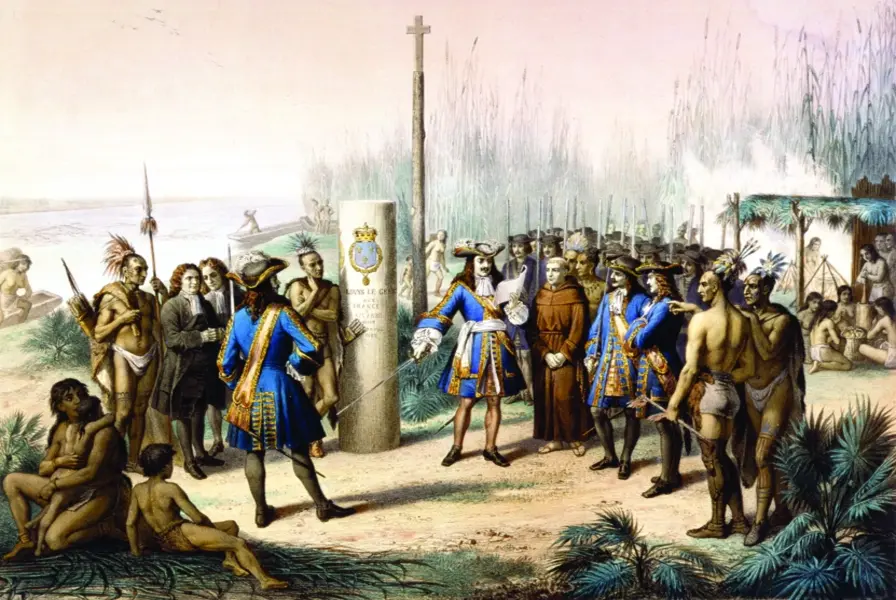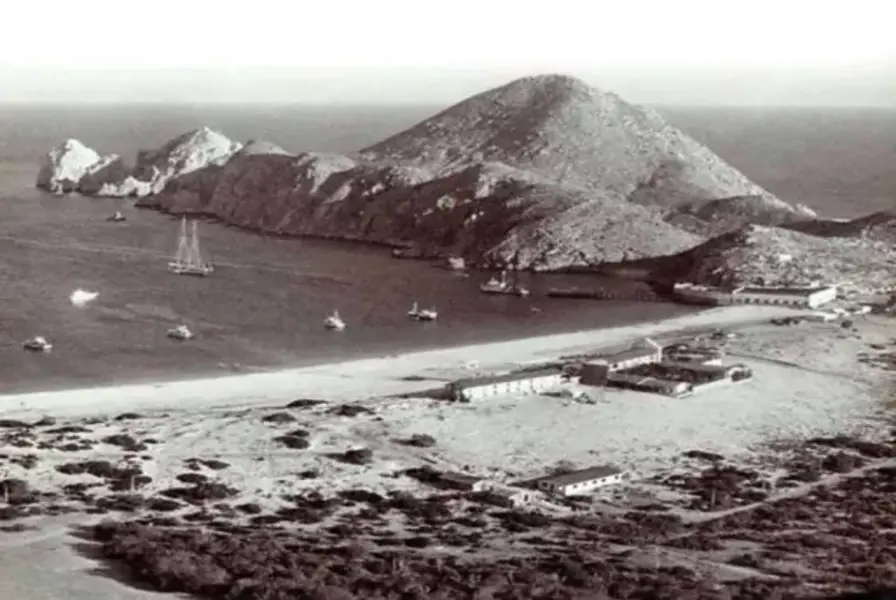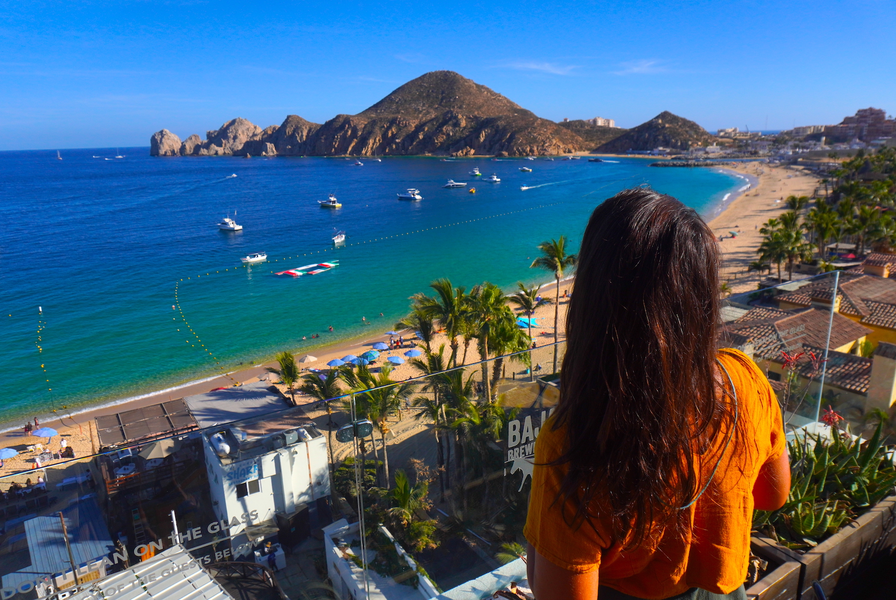Nestled at the southern tip of the Baja California Peninsula, Cabo San Lucas boasts more than just stunning beaches and luxury resorts—it is a place steeped in a rich history that shapes its unique charm today. Understanding the history of Cabo San Lucas offers travelers a deeper appreciation of why this vibrant destination continues to captivate visitors from around the world. Whether you’re drawn by the allure of the ocean, the iconic landscapes, or the luxury experiences, embarking on boat trips Los Cabos offers an unmatched way to explore the region’s heritage and natural beauty.
Ancient Origins: The Pericú People and Early Inhabitants
Long before Cabo San Lucas became the tourist hotspot it is today, the region was home to the Pericú people, indigenous inhabitants believed to have arrived around 13,000 BCE. These original settlers adapted to the challenging environment by mastering marine hunting, gathering, and making efficient use of natural resources found along the coast. Their way of life was intricately linked to the sea, a legacy that echoes in the unique things to do in Cabo today, connecting visitors with the region’s primeval roots through activities like fishing and snorkeling (unique things to do in Cabo).
Though the Pericú people eventually vanished over 250 years ago due to colonization and disease, their early presence laid the cultural foundations upon which modern Cabo was built.

European Exploration and Early Colonial History

The history of Cabo San Lucas entered a new chapter in the 16th century when Spanish explorers first set eyes on these dramatic shores. In 1534, conqueror Hernán Cortés sailed into the region’s waters, giving his name to what is now known as the Sea of Cortez. Not long after, Francisco de Ulloa further explored the Baja coastline, bestowing the first European names to places like San José del Cabo.
As trade routes expanded, Cabo San Lucas became a coveted maritime stop—its protected bays ideal for resupplying Spanish treasure ships journeying between Asia and the Americas. Yet, this same strategic position attracted pirates: English and Dutch privateers would wait in hidden coves, including those near the arch of Cabo San Lucas, to ambush merchant vessels and gold-laden galleons. The legends of piracy, hidden fortunes, and Jesuit missions are still woven into the region’s cultural identity.
Cabo San Lucas in the 19th and Early 20th Centuries
After Mexico won its independence, Cabo transitioned firmly under Mexican rule. In the late 1700s, small settlements took root—some credit Cipriano Ceseña as a foundational figure in 1788, reflecting the humble origins of what would become a thriving town.
The early 1900s brought major transformation with the rise of the commercial fishing industry. A tuna cannery established in the 1920s became the heart of the local economy, attracting workers and sparking population growth. The connection between Cabo’s people and the sea remains today, evolving from humble fishing villages into world-class experiences like los cabos yacht rental, allowing visitors to savor the same waters once sailed by explorers and fishermen alike.

Transformation into a Tourist Destination

For most of the modern era, Cabo San Lucas was remote—its breathtaking landscapes hidden from all but the most intrepid travelers. Post-WWII, however, increasing interest in leisure travel brought new roads, resorts, and adventure seekers to the peninsula. Yet, it wasn’t until the construction of the international airport in 1984 that Cabo was fully launched onto the world tourism stage.
Today, the city’s evolution is visible everywhere: luxury resorts, vibrant nightlife, and golf courses blend with charming remnants of a simpler past. If you’re planning a visit, it’s wise to research the best time to visit Cabo to align your trip with peak experiences like whale watching or fishing tournaments. Throughout your stay, getting around and booking boat trips Los Cabos is easy and seamless—one of the key reasons this destination draws visitors seeking both adventure and relaxation.
Iconic Landmarks Shaping Cabo’s Identity
No account of the history of Cabo San Lucas is complete without mention of its breathtaking icon: El Arco, arch of Cabo San Lucas. This stunning rock formation, where the Pacific Ocean meets the Sea of Cortez, has inspired countless legends and photographs. It was once a lookout for pirates and today serves as a backdrop for weddings, celebrations, and unforgettable sunset cruises.
Other natural landmarks beckon visitors, too: pristine beaches, dramatic cliffs, and hidden bays remain perfect for places to snorkel in Cabo San Lucas. Whether you crave adventure or tranquility, options abound, from snorkeling in Cabo to a sunset cruise Los Cabos that reveals the coastline in golden light.
Cabo San Lucas Today: A Blend of History, Culture, and Luxury Tourism
Modern Cabo seamlessly blends its rich past with the allure of luxury tourism. Vacationers from around the globe arrive, eager to experience stunning ocean vistas, upscale amenities, and vibrant local traditions. You can tailor your journey with experiences like private catamaran Cabo San Lucas or join friends for unforgettable group activities in Cabo San Lucas.
One of the most magical yearly attractions is whale watching Cabo, when majestic gray and humpback whales migrate past the peninsula—an awe-inspiring reminder of Cabo’s unique geography and ecological significance. Culinary lovers will find local cuisine that fuses indigenous, Spanish, and international influences, while cultural events celebrate traditions that date back centuries.
Conclusion: Experience Cabo’s Rich History for Yourself
The history of Cabo San Lucas is a living story—one that stretches from ancient tides and resilient peoples to the luxurious, vibrant destination it is now. Every sunset, every arch, and every whisper of culture pays homage to a rich and unforgettable past.
To truly immerse yourself in Cabo’s story, consider exploring with boat trips Los Cabos—whether it’s discovering hidden coves, exploring local legends, or simply basking in the beauty of the sea. For expert tips on planning your journey, consult the Cabo San Lucas travel guide book.
Ready to become part of Cabo’s ongoing story? Book your next adventure and discover why this iconic destination has enchanted explorers, pirates, artists, and travelers for centuries.
